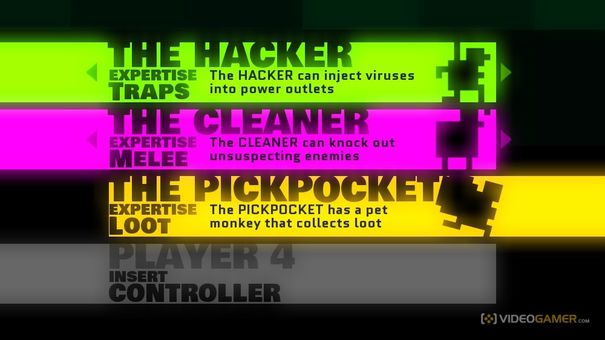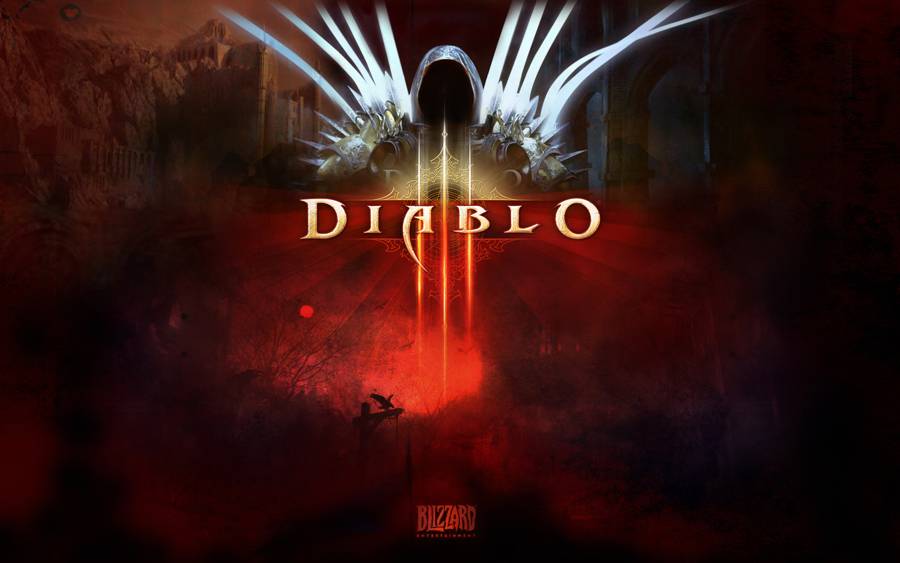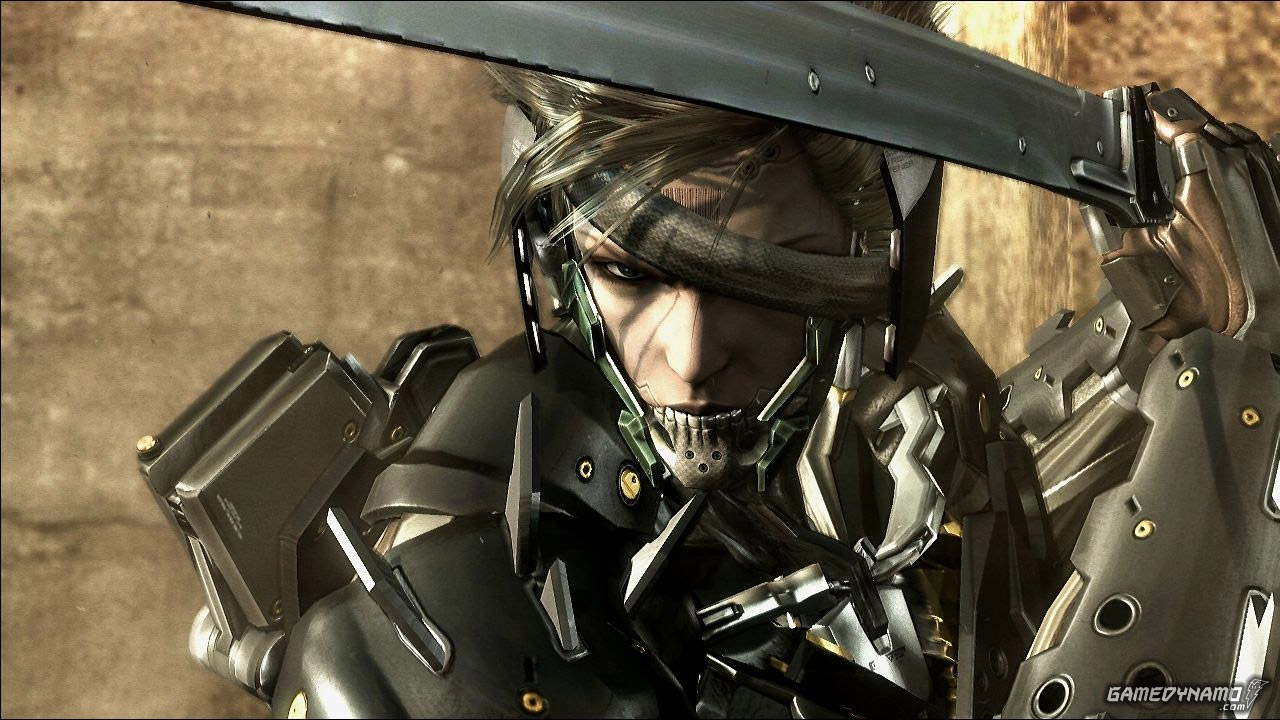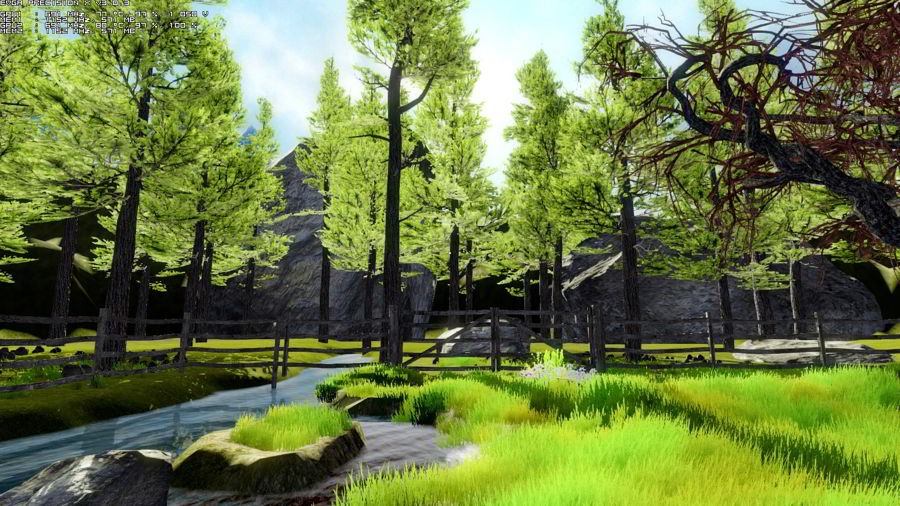



For all his work with facial polygons, David Cage still hasn’t managed to pen a convincing thriller. Hideo Kojima’s ruminations on war lost a little of their gravitas somewhere around the introduction of an incidental vampire. And the Houser's obsession with pathos in GTA 4 was hamstrung by propelled grenade launchers and general mayhem.
All of the names mentioned above are desperate to graft features of film into their projects, and succeed in varying ways. This year, however, has seen a few titles that have bridged the gap between films and games better than most, complementing both mediums. They've done it by using one of Hollywood's favourite action set-pieces, one that is perfect for games: heists.
It's this little sub-genre that has been bridging the awkward divide between forms, buoyed by a string of 2013 releases that cover the full spectrum from indie to triple A. GTA 5's decision to have heists form the backbone of the narrative is an obvious one. Two other titles – Monaco: What’s Yours is Mine and Payday 2 – also stand out for the clever ways in which they graft the traditional architecture of a heist – and the cinematic associations that come with it – onto age-old game structures.
Heists are complex affairs, almost by definition. Ripping off a massive bank or casino tends to require a great deal of moving parts and a large, skilled cast. But video games are comfortable with complexity. They’re armed with flexible perspectives (GTA 5’s dynamic protagonist shifts for example) and supplemented by a user interface, and their primary audience is accustomed to processing visual data quickly. Games even come equipped with an easy parallel for the heist’s rogue’s gallery: character classes. Players adopt the roles of the various crew members – lock picker, demolitions expert, mastermind and so on – as they work cooperatively to make their grab.
For its part, Monaco introduces a group that's both cavalier and eminently prepared. They’re hyper-specialized, and they have an air of assured victory to them. The game skews close to Clooney’s Ocean’s Eleven films, with its [literal] rainbow of characters running amok in retro neon poker rooms and VIP clubs. Monaco uses dialogue to lend this cast their character, but importantly, it reinforces that more traditional exposition with a bit of design that’s decidedly game-y.

Here, the player’s view of locations like the Hotel de Paris or the Casino de Monte Carlo is a top-down plan, like an architect’s blueprints. Every duct and bit of furniture is called out graphically, the rooms are all labeled, and the path to the vault is inscribed on the ground. It’s a brilliant abstraction of the 'planning stage' of the heist movie. We understand that these criminals have studied the blueprints so extensively that they’ve committed the entirety of their layouts to memory.
That little advantage does wonders for player confidence. It’s much easier to appear like a savvy thief when you’re not running in circles, after all. As the infiltrator and initiator, the player has a step on the guards, who can only break their patterns in reaction to player input. In that sense, Monaco leans on game structures that hearken all the way back to the mazes and ghosts of Pac-Man (the original heist game, for my money).
In appraising Monaco, I’d once described sleight of hand as a sort of 'low magic', owing to the shared disciplines between thieves and illusionists. Really, though, the entirety of a heist tends to fall neatly into the three-part structure of a magic trick laid out in the film The Prestige:
“Every great magic trick consists of three parts or acts. The first part is called 'The Pledge'. The magician shows you something ordinary: a deck of cards, a bird or a man. He shows you this object...The second act is called 'The Turn'. The magician takes the ordinary something and makes it do something extraordinary. Now you’re looking for the secret… but you won’t find it, because of course you’re not really looking. You don’t really want to know. You want to be fooled. But you wouldn’t clap yet. Because making something disappear isn’t enough; you have to bring it back. That’s why every magic trick has a third act, the hardest part, the part we call 'The Prestige'."
In the heist’s rendition of 'The Pledge', the audience is introduced to the crew, the plan, and the object they're seeking (not necessarily 'ordinary', sure. But instead 'simple', when laid out as a plan). In its 'Turn', the plan is enacted, but something usually goes wrong. Last comes The Prestige, wherein the brilliant twist is revealed – the one that leaves the diamond in the hero’s pocket and the villain looking on dumbfounded. Games haven't quite captured that last part, tending to eschew narrative success for high scores and weapon unlocks, but they've certainly put their own spin on The Turn. Payday 2, in particular, leverages gaming's capacity for repetition and randomization to add variance to the heist, remixing the usual elements to subvert expectations.
At first blush, Payday 2’s levels aren’t much to speak of. But the game’s rudimentary set of banks, clubs, and office buildings are populated with a variable set of obstacles, from civilians and guards to security doors and cameras. The dynamic conditions defy the sort of mastery by repetition that players take to so readily, ensuring that the best laid plans go wrong more often than not. Say a civilian wanders past at an inopportune moment. Or there’s a camera somewhere a camera’s never been before. Or a thief finds out the hard way that the vault lock he’s been drilling into has been wired with an electric current. Fun times, that last one.

It’s hard to feel in command of the situation when it's constantly throwing curveballs at you. Compared to Monaco, Payday 2 is – to use the old pejoratives – darker and edgier, but that’s more the product of disempowering design decisions than sepia tones and ultraviolence. There’s also a seedy sort of desperation that comes along with the game’s premise: four men in clown masks strong-arming a bank. You get the sense that, unlike with Monaco’s polished crew, this wasn’t these fellows’ Plan A. They're perpetually chased, cornered, and harried, like the villains of Heat or Point Break, movies in which beleaguered thieves struggle vainly against a tightening dragnet. To achieve that desperation, the game turns to a popular system: 'horde' mode. Police in Payday 2 aren’t all that different from waves of video game zombies, really. Unrelenting and shockingly oblivious to their own mortality. There’s even a mechanic for boarding up windows with two-by-fours to block them, George Romero-style.
In my experience, players reliably make great use of tools like that. If there are two-by-fours to be found, you can bet that one of your crew will immediately set about putting them up. Give a player a shovel, and he'll tunnel a furious path to a vault like he's channeling Dig Dug. A lifetime of unrelated gaming, it turns out, is the perfect training for a virtual robbery. It’s a funny thing, to look at Left 4 Dead or Pac-Man and see the foundation of a good heist experience being laid. And yet, there it is.
For all the long rambling soliloquies on war and peace, or 'cinematic' camera angles, or dialogue-heavy nonsense with so many QTE prompts stuck on screen it feels like the world's worst reel of film fell into a glue and Scrabble-piece factory, it's the above games that have quietly and confidently combined two mediums. They're not the only ones, by any stretch. But they understand how to marry the basic natures of both, going together like Bonnie and Clyde.




 Mighty Number 9 Developers Apologize for Pushing back Demo and Explains Why
Mighty Number 9 Developers Apologize for Pushing back Demo and Explains Why Pokemon X & Y Type Chart - GamersHeroes
Pokemon X & Y Type Chart - GamersHeroes Metal Gear Solid Rising: Revengeance – Left Arm / ID Chip Guide
Metal Gear Solid Rising: Revengeance – Left Arm / ID Chip Guide DOTA Hero Tips: Ezalor the Keeper of the Light
DOTA Hero Tips: Ezalor the Keeper of the Light Anna Guide: How To Enter The Sawmill
Anna Guide: How To Enter The Sawmill